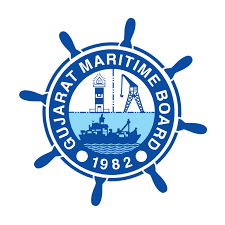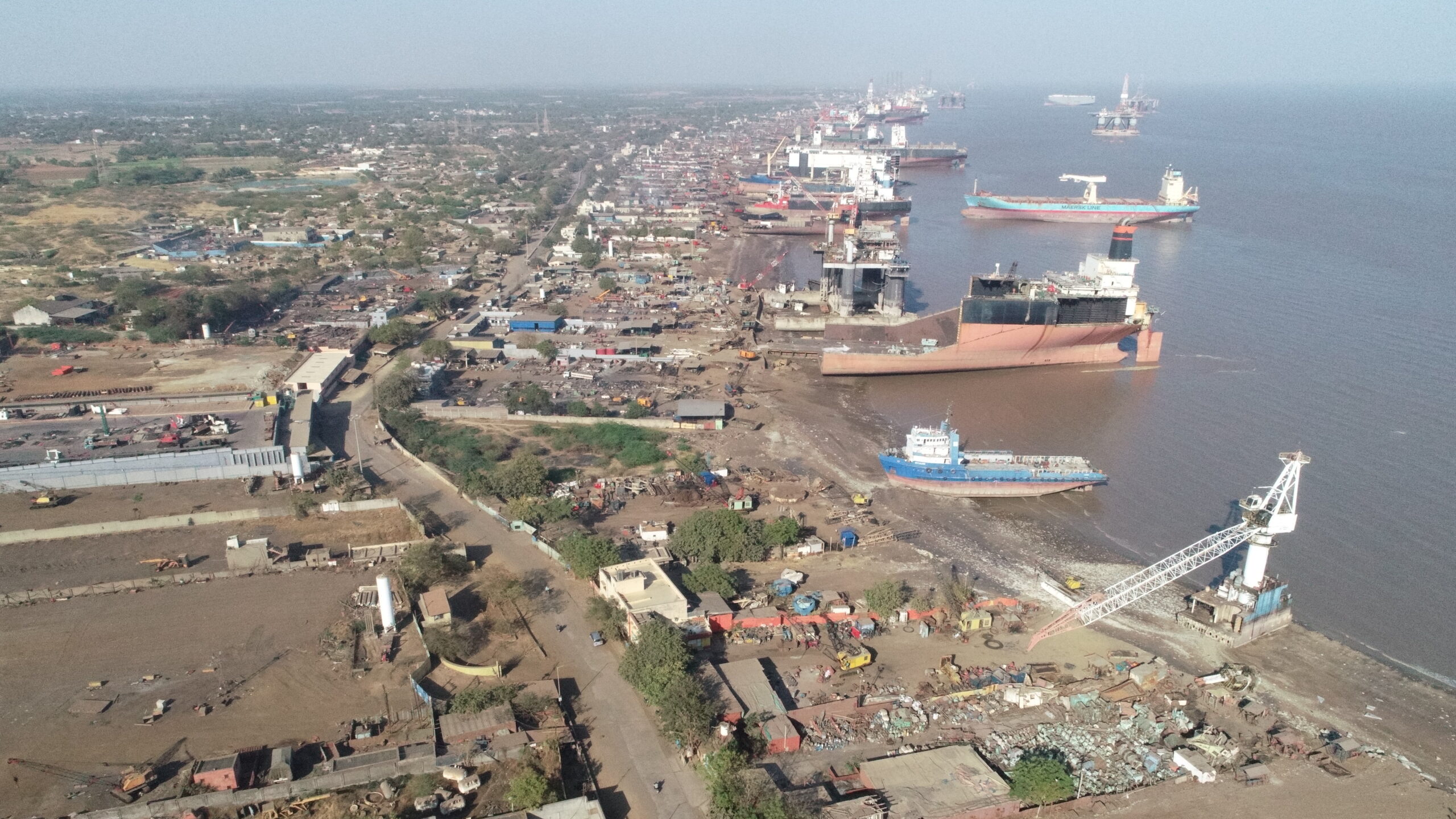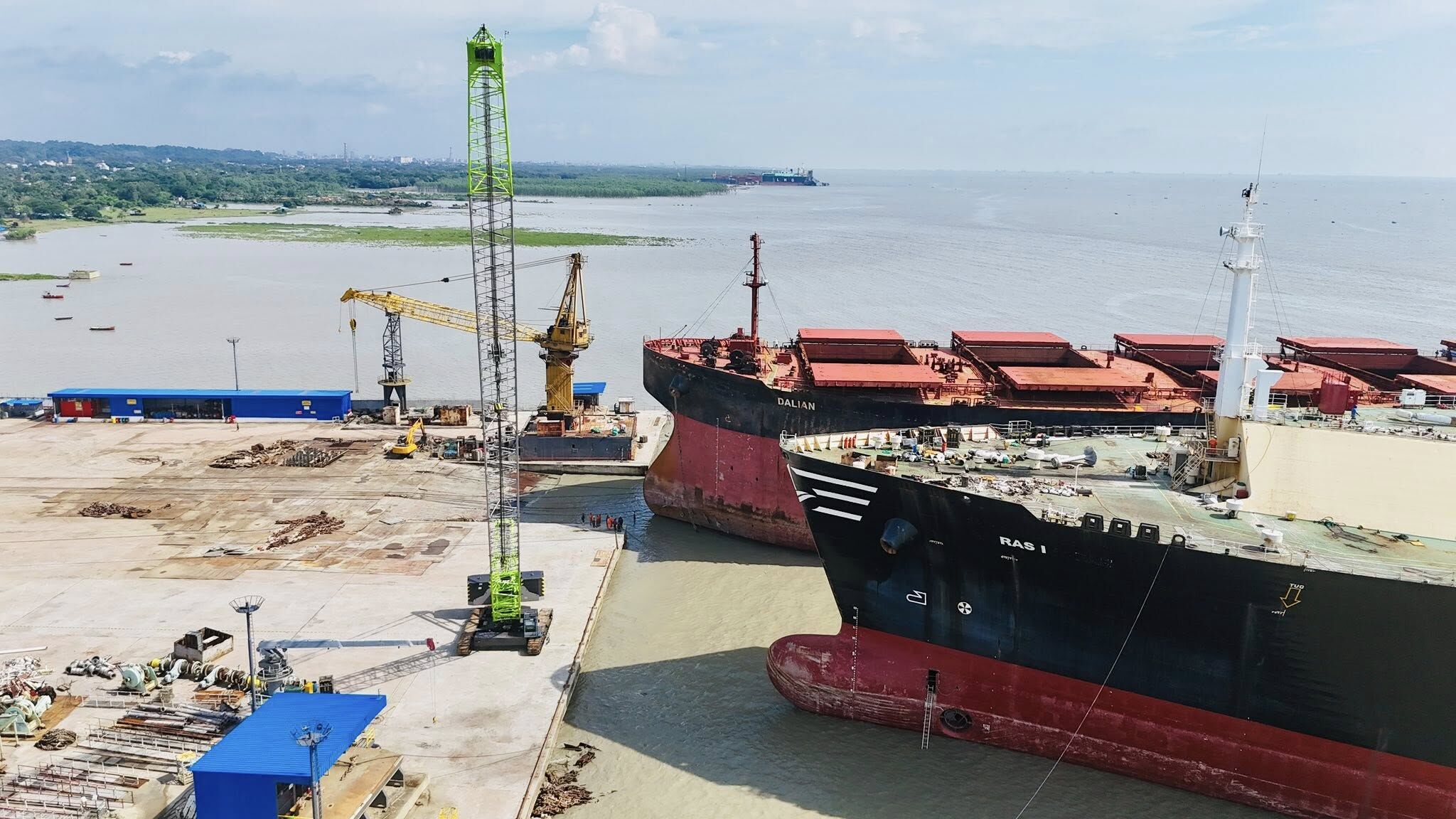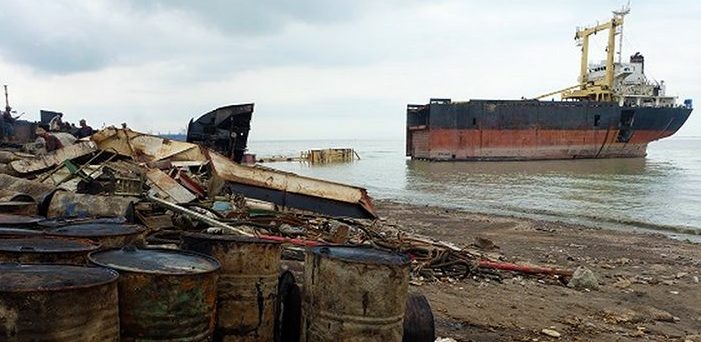India Commissions First Deep water Transhipment Port at Vizhinjam: Marking a New Era in Maritime Trade

Thiruvananthapuram, May 2, 2025 — In a landmark moment for India’s maritime ambitions, Prime Minister Narendra Modi on Friday commissioned the Vizhinjam International Deepwater Seaport in Kerala, India’s first deepwater transhipment port. The move is expected to dramatically reshape the country’s shipping industry, reduce foreign dependency, and position India as a key player in global maritime logistics.
Addressing a gathering at the commissioning ceremony, Prime Minister Modi hailed the event as a pivotal step toward making India a global shipping hub. “Vizhinjam is not just a port; it is the gateway to a new era of self-reliance in maritime trade,” he said. “Today, we not only unveil a world-class infrastructure asset but also claim our rightful place in the global transhipment map.”
A Vision Three Decades in the Making
The Vizhinjam port project has had a long and tumultuous journey. First conceptualized in 1991, the project spent more than three decades in various stages of planning, approval, and construction. Over the years, it has had to navigate a range of challenges—from legal battles and environmental concerns to logistical and financial hurdles.
Now fully operational in 2025, the ₹8,900 crore port is being developed under a public-private partnership (PPP) model. The Adani Group operates the facility, while the Kerala government holds a majority stake. The port’s completion not only marks a significant achievement in Indian infrastructure development but also sets the stage for revolutionary changes in cargo shipping.
What Makes a Deepwater Transhipment Port Special?
A transhipment port serves as an intermediate hub where cargo containers are transferred from one vessel to another before reaching their final destination. These ports are particularly crucial for handling large volumes of international cargo and accommodating ultra-large container vessels (ULCVs) that cannot dock at smaller ports.
Until now, India lacked such a facility, which meant that 75% of the country’s transhipment cargo was routed through foreign ports like Colombo in Sri Lanka, Singapore, and Jebel Ali in the UAE. This not only resulted in longer transit times and delays but also increased costs for Indian traders—ranging from $80 to $100 per container.
Economic and Strategic Significance
According to government estimates, the Vizhinjam port could help India save as much as $220 million annually by eliminating the need to use foreign transhipment hubs for domestic cargo. Beyond the financial savings, the port is expected to significantly enhance the efficiency of India’s supply chains and reduce vulnerability to geopolitical disruptions.
The port’s geographic location, just 10 nautical miles from the international east-west shipping route, makes it an ideal hub for global maritime trade. It is one of the few locations on the Indian subcontinent where the seabed naturally offers depths of up to 20 meters, allowing it to host vessels with capacities exceeding 20,000 twenty-foot equivalent units (TEUs).
Another notable advantage is its minimal sand movement along the coastline, which substantially reduces the cost and frequency of dredging operations—a common and expensive requirement at most ports.
Environmental and Logistical Challenges
While the commissioning is a cause for celebration, the road to completion was not without controversy. Environmental groups had raised concerns about the ecological impact of large-scale construction and increased maritime activity. However, project officials have emphasized that every precaution has been taken to ensure compliance with environmental regulations, including sustainable design features and minimized coastal disruption.
Logistical issues, too, had threatened to derail the project at various points, including delays in land acquisition and financing. But the PPP model allowed for a more flexible and resilient approach, drawing from both public oversight and private sector efficiency.
A Gateway for Global Trade
Experts believe that the port could soon rival some of the busiest transhipment hubs in Asia. “With Vizhinjam, India is now equipped to handle large-scale transhipment cargo without having to rely on external ports,” said maritime logistics expert Dr. Suresh Nair. “It is a game changer not only for Kerala but for the entire nation.”
The port is also expected to serve as a catalyst for regional economic development. The surrounding areas are likely to see significant growth in ancillary industries such as warehousing, logistics, customs, and marine engineering. Additionally, job opportunities are expected to rise, both directly and indirectly, through port-related activities.
Future Prospects
While the Vizhinjam port has just begun operations, its long-term prospects look promising. Expansion plans are already being discussed to add more berths and integrate with inland transportation networks, including rail and road corridors that connect to India’s industrial heartlands.
Furthermore, the central government is looking at Vizhinjam as a model for future port development under the Sagarmala initiative, aimed at modernizing India’s ports and logistics infrastructure.
Conclusion
The commissioning of the Vizhinjam International Deepwater Seaport represents more than just the opening of a maritime facility. It symbolizes India’s strategic shift toward self-reliance in trade logistics and global competitiveness. As the first containers roll into the port and out onto the high seas, Vizhinjam is set to not only transform the landscape of Indian shipping but also alter the dynamics of international maritime trade.
With this single move, India inches closer to becoming a formidable player in global commerce—one port at a time.
Author: shipping inbox
shipping and maritime related web portal








